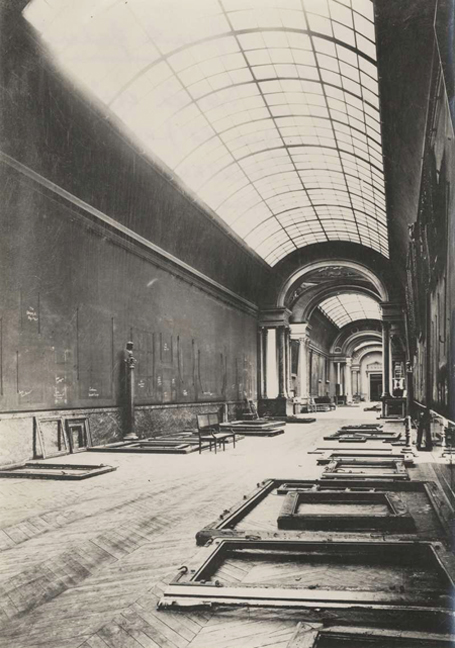R.I.P. Terry Callier
The 1977 advert above, stumbled across just this afternoon, kills me. I'd like to meet the person who ever heard Callier's music and thought:
sounds angry. On second thought, no -- that's probably the last person I'd care to meet. But I suppose in the annals of music marketing, such mawkish hyperbole was far more
the norm than the exception.
* * * * * *
A couple of messages I've received on the above makes me realize I may have been guilty of "narrowcastsing," assuming readers might be familiar...as if nothing more needed to be said. A big assumption to make on my part, I guess; especially considering that -- like a lot of people of my age -- I wouldn't have heard of the guy had it not been for the whole "rare groove"/"acid jazz" archeological efforts what dug him outta the substrata some years back. That, plus the fact that I happened to be living in Chicago at the time, where that sort of excavation helf a lot of local/hometurf interest.
Irony being that shortly before I arrived in Chicago, Callier had -- after some years of retiring from the music scene -- been working a job of the University of Chicago campus, just a few blocks from where I took up residence. One story had it that he was still working that job when he learned that there was a renewed interest in his music somewheres on other shores. And that after numerous requests and invites, he would every so often fly overseas to play a concert to warmly receptive audiences in either London or Paris. And then return home to a country where nobody'd have given him a gig if he'd gone looking for one, returning to the mundane duties of his day job. Up until someone at that day-job heard something about the reason for Callier's occasional sojourns, and called him in for a discussion on the matter; the discussion reputedly involving a reminder about the institution's policy about employees and their external activities that involved additional income and distractions, and not that we necessarily disapprove but it was policy after all, and I'm afraid we're going to have to ask you to make a certain decision. At which point, the story had it, Callier -- after much stock-taking and soul-searching -- decided to give up that day job.
I recall hearing an interview with Andy Bey some years ago, shortly after he'd come out of retirement and had started recording again. He was asked about his decision to include Nick Drake's "River Man" on an album of what was mostly jazz standards. He said that someone had played him
Five Leaves Left, and had been quite taken with it, recognizing upon hearing it, "That's a blues -- a white blues perhaps, but still without question a blues."
Callier got his start on Chicago's folk scene in the early '60s, playing clubs along the Old Town folk circuit. My mother-in-law spent a fair amount of time around that scene back around that time and in that same city, and the likes of Josh White and Odetta and all the other big folkie faves being key points of reference for her. Whether she ever happened to see or hear Terry Callier at the time, I dunno. Perhaps I should play some of the early stuff for her some time...
The voice and the fretwork are very unmistakably there (if not a strong precedence for the mood and atmosphere to come) on those recordings, coming as they did years before his soul-jazz-pop-whatever recordings.
Which comes to mind as I revisit Callier's
Occasional Rain, which admittedly I hadn't listened to in some years. I'll admit that I'm predisposed to sink into anything Charles Stepney had a hand in, being something of a headphones geek when it comes to sinking into the arrangements and such. Like on
Occasional Rain's title track, where faintly in the background you can hear Minnie Ripperton doing some wordless something-or-other that sounds like a vocalized impression of what raindrops might sound like as they join an amassing puddle, the velocity of their earthward plummet diffused into ripples across the water's surface. And then the string arrangements that Stepney brought to tunes like "Trance on Sedgewick Street" and "Blues for Marcus"...
...And I'm gobsmacked that it didn't occur to me on revisiting that the damn thing's like some Northern soul/folk-blues equiv of
Bryter Layter.
But back to the above, the initial point -- where a couple of unfamiliar parties popped up to ask about the guy, asked for recommendations, and etc. If there was one song to must-know, I'd have to go with "You're Goin' Miss Your Candyman":
Stepney's arrangement is among the best he ever delivered. The glide of the bass line, followed by the percussion. But there's also Callier's graceful six-stringing, and his voice in its finest form; which -- after the horns step up to emphasize the chest-puffing bravado of the traditional ramblin'-man blues yarn, once the tumult of egoism subsides -- issues a long, soul-piercing prelingual moan from some unacknowledged or rarely-visited place on the periphery (or perhaps at the core) of the narrator's existence.
The album that yielded the song -- 1972's
What Color is Love? -- is widely considered his one go-to. I wouldn't wholly disagree, but I suspect that the LP's (admittedly very lovely) sleeve art had something to do with that consensus.
































